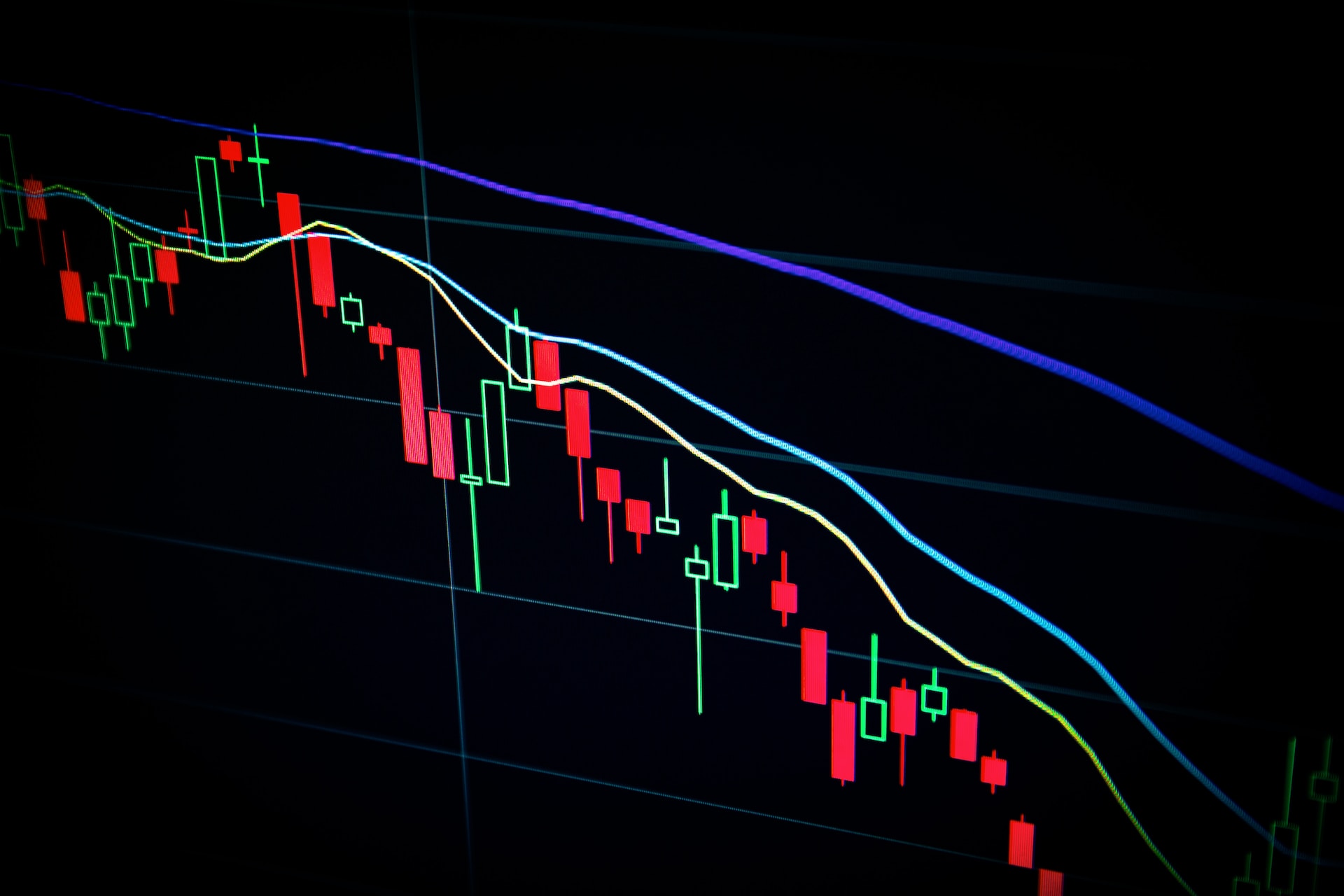If you’re looking for a high-risk, high-reward strategy to boost your investment portfolio, then Contracts for Difference (CFDs) trading might be just what you need. CFD trading allows traders to speculate on the rise or fall of prices in financial markets such as stocks, commodities, and currencies, without owning the underlying asset. Because of this, CFDs are often considered to be a leveraged product, as traders are required to put down only a small percentage of the total value of the position.
CFD trading can potentially offer substantial returns on investment, but it can also come with significant risks. Before deciding whether CFD trading is right for you, it’s important to understand the mechanics of CFDs, the potential advantages, and the potential drawbacks.
How CFDs Work
CFDs are financial derivatives that allow traders to speculate on price movements without owning the asset. They allow traders to take long or short positions on a wide range of markets, including stocks, commodities, currencies, and indices. In essence, when you trade a CFD, you agree to pay the difference between the opening price and the closing price of a financial instrument. If the price moves in your favor, you make a profit, and if it moves against you, you make a loss.
CFD trading is often offered with a margin. This means that traders can enter trades with only a small percentage of the total value of the trade. For example, if a stock is trading at £100 per share, you might be required to put down just 5% of the total value of the trade (£5) to enter a trade. Because of this leverage, CFD trading can amplify both profits and losses.
The Advantages of CFD Trading
CFDs offer a number of potential advantages for traders. These include:
- Leverage: As mentioned, CFD trading is often offered on a margin, which allows traders to trade a larger position than they might be able to with their capital alone. This can amplify profits if the trade moves in your favor.
- Low transaction costs: CFDs are often traded through online brokers, and the transaction costs are generally lower than those associated with traditional stock trading. This can make it easier to enter and exit trades without paying a significant amount of fees.
- Diversification: CFDs can be traded on a wide range of markets, allowing traders to diversify their portfolios and potentially minimize risk.
The Risks of CFD Trading
While CFD trading can offer potential rewards, it also comes with significant risks. These include:
- Leverage: While leverage can amplify profits, it can also amplify losses. If the trade moves against you, you could lose more than your initial investment.
- Market volatility: The markets can be unpredictable, and sudden market movements can result in significant losses. CFD traders must be prepared to manage risk and potential loss.
- Limited regulation: CFD trading is largely unregulated, which means there are fewer protections for traders compared to traditional financial markets. It’s important to do thorough research before entering the world of CFD trading.
Conclusion
CFD trading can be a high-risk, high-reward strategy for investors looking to diversify their portfolios and potentially generate significant returns. However, it’s important to understand the mechanics of CFDs, the potential advantages and drawbacks, and to be prepared to manage risk and potential loss.
If you’re considering CFD trading, it’s important to do thorough research and work with a reputable broker that offers reliable, transparent trading conditions.
